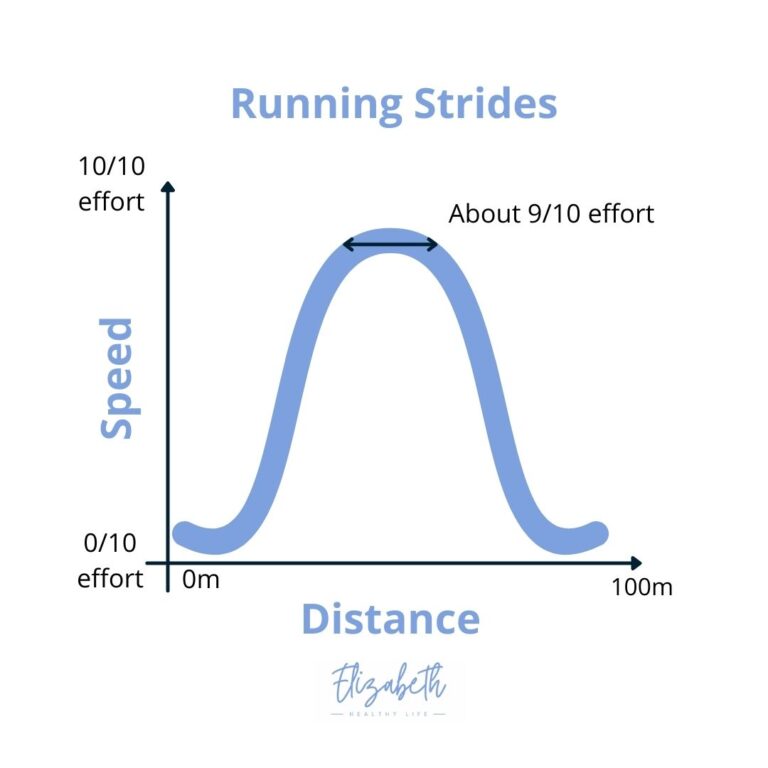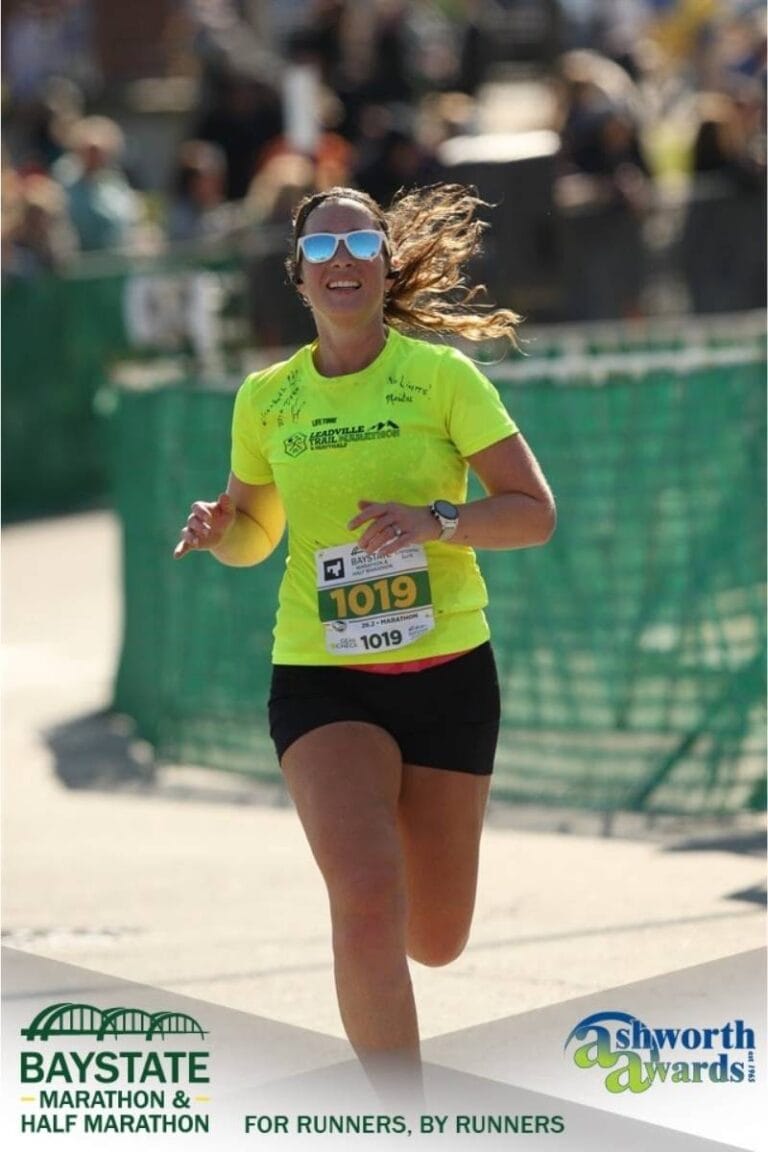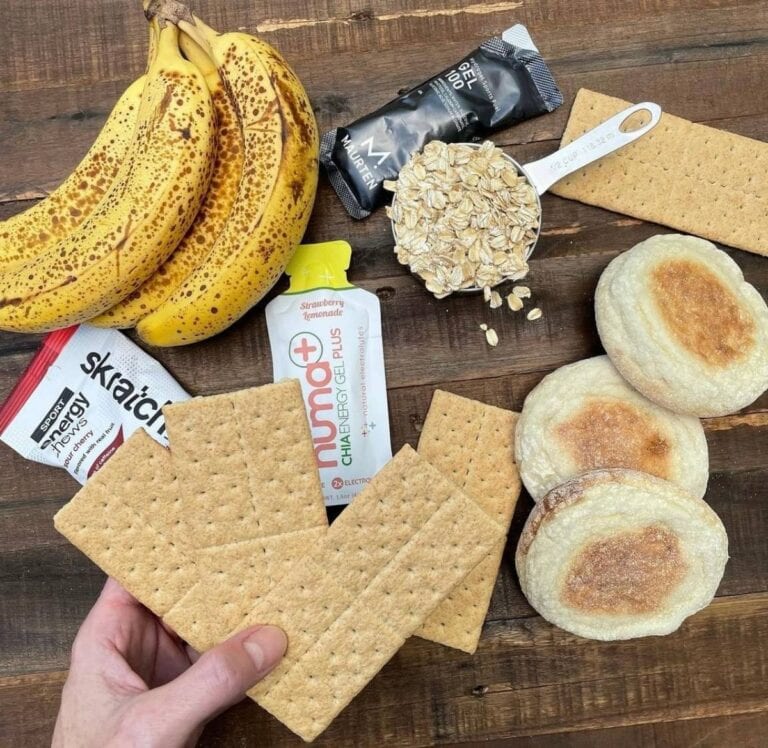Race Recovery: How to Recover Well and Come Back Stronger
Don’t rush your race recovery! Despite the outcome of your race, recovering is an essential part of staying healthy and can ultimately dictate what your return to running might look like. Below I share seven tips to crush your race recovery and return to running feeling your best.
7 Tips to Crush Your Race Recovery:
1. Cool down
After crossing the finish line, take a few minutes to cool down. If you ran a 5k or 10k, it’s possible you’re running a couple miles as your cool down. On the other hand, if you ran a half or full marathon, take a few minutes to slowly walk around the finish line.
This low-effort, extra movement will not only stimulate blood flow but also clear up lactic acid. (Psst- cooling down should be a part of your routine after speed workouts too! If you’re running speed workouts and not including a cool down, it’s probably time to start incorporating them.)
2. Refuel and rehydrate
While you may be tempted to celebrate with a post-race beer, make sure to rehydrate with water and electrolytes. It’s likely you sweat during your race, so consuming both water and electrolytes will help prevent dehydration. Nuun Sport tablets are an easy and efficient way to replenish electrolytes.
Ideally, start refueling within 30-60 minutes of completing your run. Refueling with both protein and carbohydrates will not only help rebuild and repair your muscles, but also replenish your energy stores.
Related: Fueling for Running: How to Fuel and Why It’s Important
3. Celebrate your accomplishment
Whether you hit your goal or not, celebrate yourself and all the hard work, effort, and time you put into training. For many of us, running is a hobby; it’s something we do for fun and should be enjoyed. So, take time to recognize your achievement by going out for meal, getting together with friends and family, or donning yourself with some nice new running gear!
Keep in mind, there are so many different types of goals to focus on while running a race. Not every race needs to be about hitting a certain pace or running a PR. If you’re looking for other goals to focus on while racing, read 13 Measurable Goals for Runners That Have Nothing To Do With Pace to get some ideas.
4. Rest
Now, this doesn’t mean you hang up your running shoes for a month. Resting after a race is going to vary based on both your running experience and the distance you ran. The most important thing is that you listen to your body, the signs it’s giving you, and remember that even after our soreness subsides, we are still recovering internally.
Can you run the day after racing a 5k? Lots of people do, just make sure it’s at a recovery effort. (Use my free Rate of Perceived Exertion Guide if you’re unsure what a recovery effort feels like). On the other hand, can you run the day after a marathon? While you will find some people who do, taking one to two weeks off might be more appropriate for your body.
Whether or not you’re running the days following your race, resting encompasses more than just not running. For example, sleep is critically important, as muscle repairs occur when we sleep.
Related: Recovery for Runners: 5 Tips to Help You Rebuild After a Run
5. Include movement throughout the week
Keep in mind, just because you’re resting doesn’t mean you’re not moving your body. If you ran a marathon, there are other forms of movement to do besides running. Movement after a race can include walking and other forms of cross training, like cycling, swimming, and the elliptical. The purpose of including movement the week following your race is to stimulate blood flow, flush out lactic acid, and help with muscle repair. Remember – keep the intensity level light!
6. Use recovery tools
While sleep is the most effective way to recover, using recovery tools can also aid with this as well. Some tools that may help with race recovery include:
- Foam Roller – Foam rolling increases blood flow and releases tightness.
- Sportneer Massage Gun – This massage gun targets deep tissues to relieve muscle soreness and tension.
- Epsom Salt – Epsom salt baths help increase blood flow.
7. Find joy in other areas of life
Running may play a huge role in your life, however, it’s important to find joy in other areas of life while you might not be running as much. For instance, maybe there’s a book you’ve been wanting to read, or a project at home you’re eager to start. Use your recovery to spend time doing other things that make you happy.
Additionally, race recovery is not just physical – it’s mental too. Take this time to mentally reset so when you do return to running, you’re excited about it and happy to be back.
Unsure How to Approach Your Race Recovery?
I would love to guide you through your race recovery! Email me at [email protected] or check out my Run Coaching Services page to learn more.
Race Recovery Tips:
If your race recovery is overlooked, your return to running and health can be jeopardized. Follow the seven tips below to ensure that you recover appropriately and return to running safely.
- Cool down
- Refuel and rehydrate
- Celebrate your accomplishment
- Rest
- Include movement throughout the week
- Use recovery tools
- Find joy in other areas of life
Comment Below:
After crossing the finish line, how do you jumpstart your race recovery?











